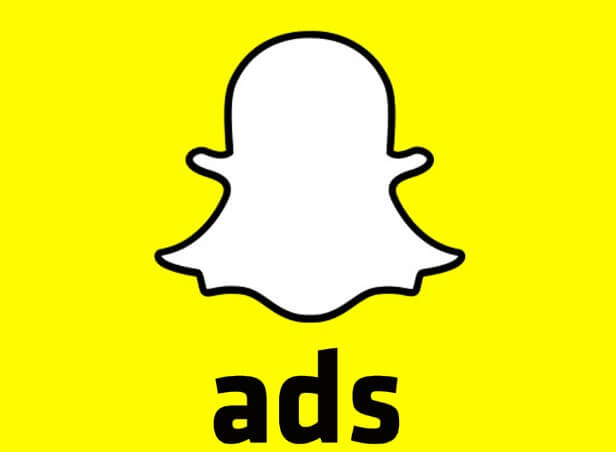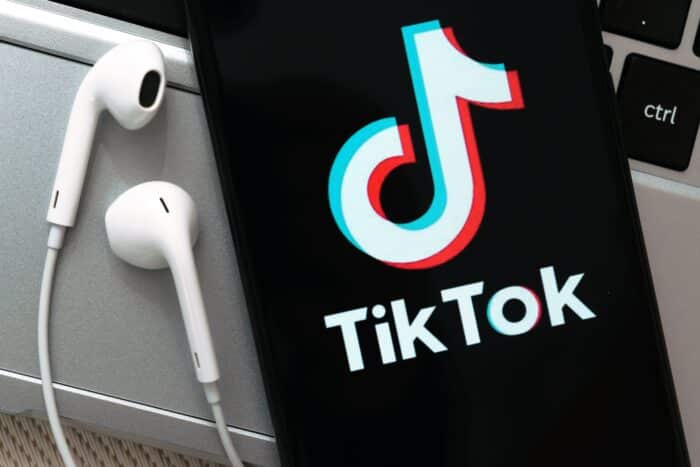
In just a few years of existence, Snapchat has established itself as an essential social network, especially among young people. Increasing numbers of online sellers are also using it as a channel to boost their online sales.
Snapchat: who’s it really for?
The popularity of Snapchat is well established: in France alone, the app with the little ghost has more than 16 million daily active users [1]; worldwide, this figure rises to 293 million [2].
This social network mainly attracts a young audience with high purchasing power. According to a Harris Interactive study, Snapchat had a 26% usage rate among all over 15s during the 2020 confinement; when you isolate the 15-34 age group, this rate rises to 70% [3].
A Médiamétrie study also shows that Snapchat is the social network most used daily by 15-24 year olds, ahead of Facebook, which still dominates among those over 25 [4].
Whether millennials or generation Z, this young cohort is much more inclined than previous ones to use their smartphone to make purchases. That’s why they’re a valuable audience, and getting their attention can open a gold mine for online retailers.
To reach and captivate this particular target, you have to look for it where it is; hence the interest of integrating Snapchat into your marketing strategy.
What is the difference between Snapchat and other social networks?
At its most basic, Snapchat is an instant messaging app, which allows its users to:
- Add new contacts
- Send photos, short videos, and text to their contacts
But unlike other instant messaging apps like WhatsApp or Messenger, content sent on Snapchat “self-destructs” after just a few seconds. So when you send a Snap, it’s no longer visible a few seconds after the recipient opens it.
The fleeting and instantaneous nature of Snaps is the hallmark of the application; no other social network offers this feature. The Snapchat logo can also be interpreted as a nod to this “ghost” content, which disappears as quickly as it appeared.
Also, on Snapchat, users can customise the photos and videos they send, thanks to varied and original filters. These filters are often used to give a humorous touch to exchanges.
Snapchat campaign objectives and advertising formats
Snapchat offers several campaign formats for online retailers, which meet different objectives:
Awareness, which is introducing your brand or a specific product to potential new customers
Consideration, which is driving app installs, traffic to your site, engagement, or leads
And finally conversion, which means sales carried out directly on your app or website
These goals simply correspond to the stages of an online buyer’s life cycle.
Depending on your goals, you have the choice between the following advertising formats:
Snapchat Video Ads
Snapchat Video Ads are the most traditional format on the platform. They’re simply vertical photos or videos, accompanied by a call to action. They last from three to 10 seconds, and users discover them from the stories in their “Discover” tab. It’s quite a versatile and adaptable format, which lends itself well to a multipurpose marketing approach.
Story Ads
Story Ads are slightly different. Like Snapchat Ads, they appear in the discovery tab, but they’re not displayed automatically. Users have to click to launch them. Story Ads are best at meeting your brand awareness goals.
Collection Ads
Collection Ads offer a carousel of images or videos. The format lends itself well to promoting several products from a catalogue of products, with the direct objective of selling online. Collection Ads are automatically inserted between two videos when a user is browsing the app, somewhat like a traditional “ad break” between content.
Lenses
Lenses are quite a special format, using augmented reality technology to personalise users’ stories. They can transform users’ faces, allowing them to test a product, for example; or add objects to their real-world surroundings, in 3D. Brands primarily use Lenses for brand awareness and engagement.
Filters
Finally, filters are another playful and interactive advertising format. There are two types: on-demand, geolocated filters; and audience filters, which work when a very specific target has been set. Like Lenses, audience filters are best at meeting your exposure and engagement goals.
Set up your targeting
The Snapchat advertising network allows companies to set up precise targeting criteria, based on user demographics, location, and data about their interests.
Here are the criteria you can set to target Snapchat users:
- Location (city, school)
- Age
- Gender
- Interests and lifestyle
- Language(s) spoken
- Operating system (Android, iOS)
If your campaign objective is to generate sales, age targeting is very important. It enables you to limit your campaign to adult Snapchatters, those that can make purchasing decisions without asking a parent.
On Snapchat, you can also set up custom audiences. This option allows you to reach people who have already interacted with your brand (visits, engagements, abandoned baskets), but also “lookalikes” – people with similar profiles to your customers.
Neads is here to help boost your online sales on Snapchat Ads.
____________
[1] January 2021 Médiamétrie figures
[2] Snap Inc. Q2 2021 Earnings Slides – July 22, 2021
[3] Harris Interactive study – French internet users aged 15 and over. Social Life 2019 and Social Life 2020 with the EBG
[4] Médiamétrie and Médiamétrie//NetRatings – Global Internet Audience – France – October 2020






